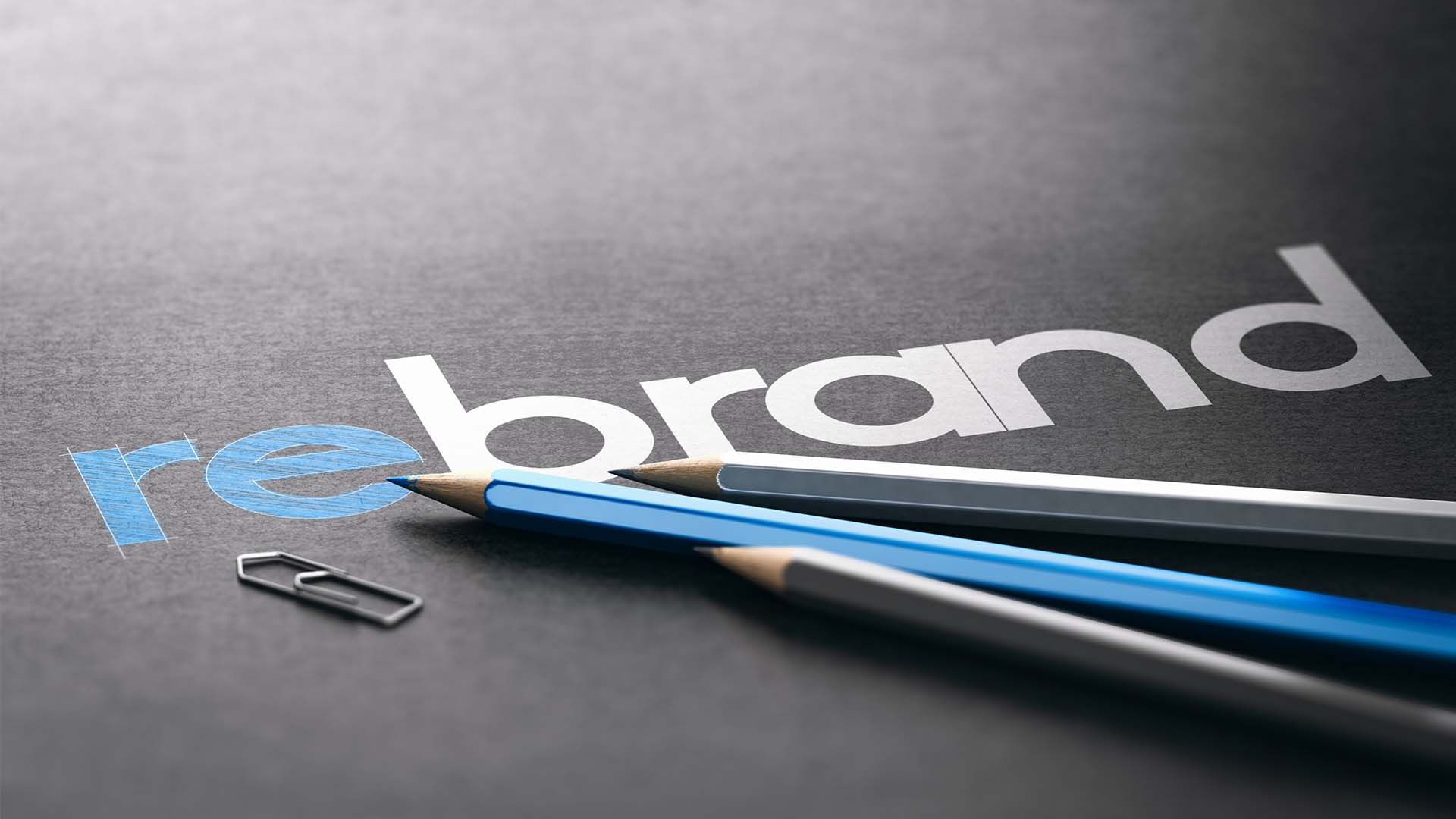
Rebranding Checklist: When and How to Evolve Your Brand Without Losing Your Audience
In today’s fast-shifting market, a brand identity that once felt fresh can quickly become outdated. Audiences change, competition intensifies, and digital behavior evolves.
That’s why rebranding is no longer a cosmetic upgrade—it’s a strategic necessity.
But the real challenge remains:
How do you evolve your brand without losing the audience who believed in you from day one?
This guide by Loop Media provides a clear roadmap, helping companies understand the right timing for rebranding and the steps required for a smooth and successful transformation.
When Should You Consider Rebranding?
1. Your audience has shifted or expanded
Your message or visual identity may no longer resonate with your new demographic.
2. You’re entering new markets
A local identity might not work globally.
3. Mergers or acquisitions
Combining multiple identities requires a unified brand.
4. Your business model has evolved
Digital shifts often require a complete repositioning.
5. Your current brand feels outdated
Visual elements and messaging may no longer reflect who you are.
Rebranding vs. Brand Refresh
Brand Refresh
A light update: refined fonts, updated colors, refreshed tone of voice.
Full Rebranding
A deeper evolution that may include:
- New name
- New brand story
- Updated messaging
- Complete visual identity overhaul
The Ultimate Rebranding Checklist
1. Internal Audit
✔ Analyze your current positioning
✔ Review mission, vision, and values
✔ Identify weaknesses in your existing identity
✔ Understand customer perceptions
✔ Define the purpose behind the change
2. Market Research
✔ Competitor benchmarking
✔ Customer expectations
✔ Market trends
✔ Identifying opportunity gaps
3. Brand Positioning
✔ Define your new identity
✔ Write a clear Brand Promise
✔ Shape your brand personality
✔ Develop your brand story
✔ Define your tone of voice
4. Visual Identity Development
✔ Logo design
✔ Color palette
✔ Typography
✔ Digital + print applications
✔ Complete brand guidelines
5. Launch Strategy
✔ Decide between soft or full launch
✔ Prepare a storytelling-focused announcement
✔ Plan your media and advertising rollout
✔ Time the launch with a meaningful milestone
6. Audience Communication
✔ Be transparent about the change
✔ Explain the value behind the transformation
✔ Bring your audience into the journey
✔ Address negative feedback early
✔ Show how the new identity enhances their experience
Common Rebranding Mistakes to Avoid
- Rebranding without a strategic reason
- Ignoring audience insights
- Abrupt changes without preparation
- Focusing only on visuals instead of messaging
- Neglecting internal alignment
Successful Rebranding Examples
- Instagram – modern, simplified visual identity
- Starbucks – cleaner logo with enhanced customer experience
- Dropbox – repositioned itself beyond storage
These brands didn’t just change; they evolved.
Loop Media Insight
Rebranding is not about abandoning your past—it’s about building a stronger future.
Brands that succeed are the ones that evolve intentionally, communicate clearly, and make their audience feel part of the transformation.
FAQ
How long does a rebranding process take?
Typically 3–6 months for SMEs; up to a year for large enterprises.
Do companies lose customers after rebranding?
Not when the process is transparent and audience-focused.
Should the company name always change?
Only when the current name is limiting or misaligned with strategic goals.
Is changing the logo alone considered rebranding?
No—it’s only a refresh.
 العربية
العربية


